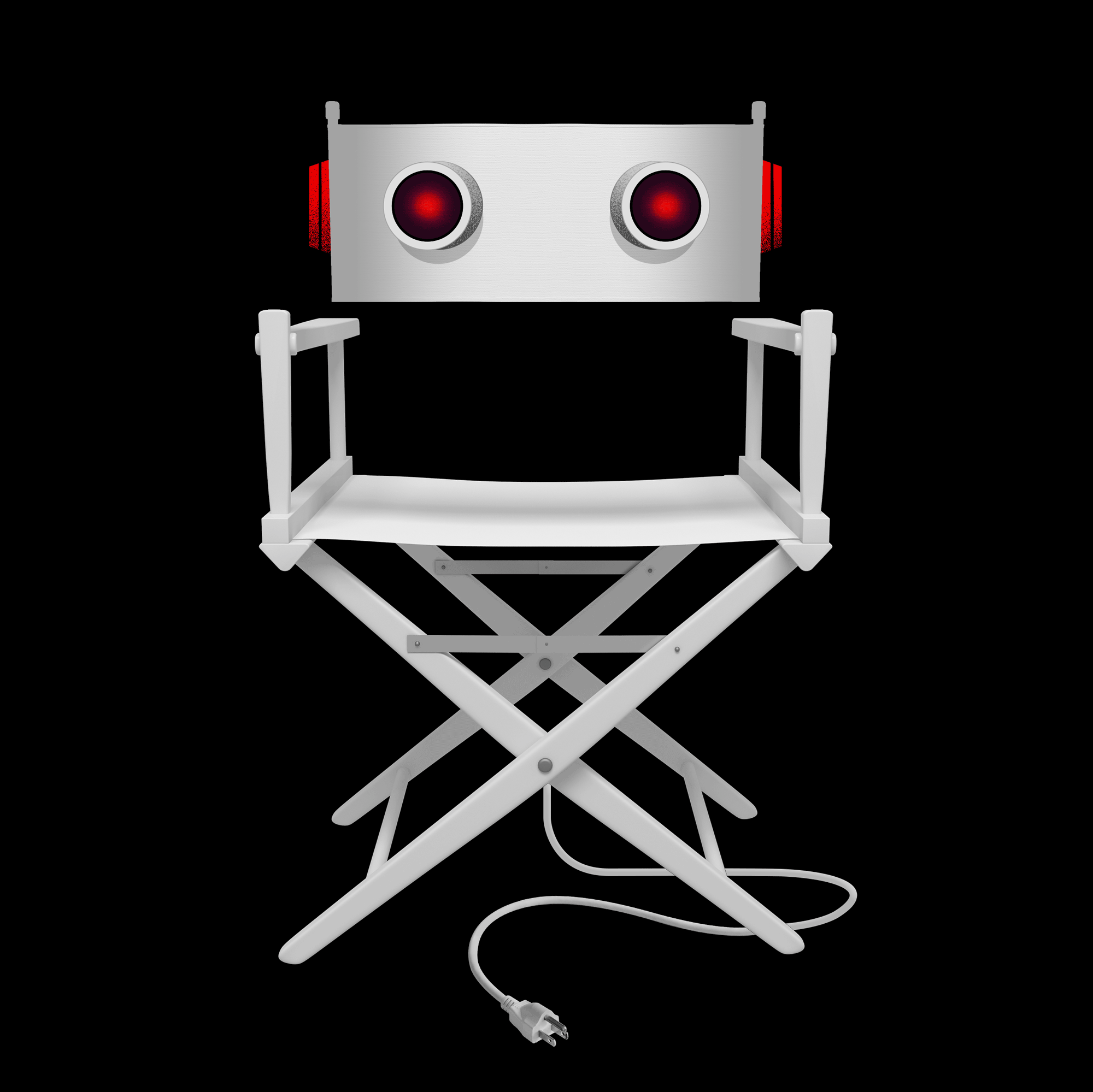In the Draw : The American Animation Institute in North Hollywood gives aspiring artists a nuts-and-bolts education in the cartooning business.
NORTH HOLLYWOOD — Every Wednesday at dusk, Dwight Hwang of Roseville, Calif., drives to the municipal airport 40 miles from home to catch a plane bound for Burbank about 400 miles away. The 20-year-old aspiring artist is a part-time student at a Sacramento-area community college. But even so, Hwang has joined the ranks of Southwest Airlines frequent fliers to take classes at the American Animation Institute (AAI) in North Hollywood.
Hwang hopes to gain acceptance to CalArts’ animation program. But an adviser at the prestigious college in Valencia told him he needed a stronger portfolio. The adviser suggested classes at AAI. As a result, Hwang now travels nearly the length of the state in a 24-hour period each week. “Considering the prices for air fare and the classes, it beats moving into an apartment,” said Hwang, who lives with his parents in Roseville.
AAI is little-known outside the animation industry, but the school has been steadily gaining recognition as a solid training facility for would-be Hollywood animators. It has been operated since 1980 by a labor union, the Motion Picture Screen Cartoonists and Affiliated Optical Electronic and Graphic Arts, Local 839 of the International Alliance of Theatrical and Stage Employees.
“We recommend that people take classes there all the time,” said Bill Matthews, manager of artist development, California, for Walt Disney Co.’s feature animation department.
Several colleges and universities in the United States and Canada offer classes and programs on the art of animation, but AAI is believed to be the only facility in the country offering such low-cost, practical animation training. Its mostly 12-week courses are a bargain at $70 a term (it will jump to $80 in February). And while art colleges require students to gain knowledge in art history and theory, usually taught by career academics, AAI’s curriculum is strictly nuts-and-bolts animation, dispensed by industry professionals.
“Basic animation mechanics,” for example, lays out how to use animation “bars and peg” systems, the method animators use to assemble scenes. “In-betweening and assistant animation” covers the duties of those who toil in the animation industry’s entry-level jobs.
The fall semester ends Monday. Classes will resume Feb. 13, with the exception of one introductory class that starts Jan. 3. Students who wish to sign up send their names and addresses to AAI, then wait for the school to send out registration cards. After that, class positions are assigned based on who gets their checks in first.
Space is tight. For more popular courses, such as figure drawing, the school receives twice as many applicants as it can accept.
The school is also egalitarian. It requires students to take an overview of screen cartooning and basic animation mechanics as prerequisites for most of its other courses. But classes are open on a first-come, first-served basis to any high school graduate 18 and older. The institute doesn’t scrutinize portfolios or evaluate a student’s record before granting admission. It also doesn’t provide career counseling.
*
At present, about 350 students a year are going through introductory classes, which typically contain 25 to 30 students. Parking in the area is a nightmare, with Lankershim Boulevard under Metro Rail construction. There is no student parking lot.
Next term, the school will expand its daytime curriculum to include more classes in sketching, drawing and painting. It typically offers about 14 classes a term.
AAI is expanding because the industry needs trained workers. Traditionally, animation has been a boom-and-bust business--stints of intense activity as new projects get going, followed by bouts of unemployment. But some believe that pattern may be changing.
Hollywood studios are engaged in an animation hiring frenzy, with the industry in the throes of the largest boom ever in the field. Blockbuster movies, such as Disney’s “The Lion King,” “Aladdin” and “Beauty and the Beast,” have prompted other major studios, such as 20th Century Fox, Universal and Warner Bros. to step up production of animated features. The new Spielberg-Geffen-Katzenberg studio is expected to produce animated fare as well. Disney, for example, typically uses 300 to 400 artists for four years to produce an animated feature.
TV animation is also growing, with cartoons now established on network prime time and a host of cable TV outlets, such as Ted Turner’s Cartoon Network. And the emerging multimedia technologies, such as CD-ROM and video games, present a potentially enormous outlet. “It’s fat city,” said Tom Sito, a Disney senior animator who is president of the Motion Picture Screen Cartoonists.
Jet-setting Hwang of Roseville isn’t the only student to travel great distances to attend AAI. It has attracted aspiring animators from as far away as Alaska, New Mexico and Pennsylvania.
But remember, this is animation education on a budget.
Forget the ivy-covered halls and sculpture gardens of traditional arts campuses. Classes take place in the drab confines of a cluttered, former real estate office that’s been the union’s home since 1980. It’s a modest, two-story affair on a distinctly unglamorous stretch in North Hollywood.
And AAI doesn’t issue diplomas or certificates.
Union President Sito acknowledges, “the school’s not much to look at.” But despite its appearance, it conforms to animation’s long tradition of passing down the art from master to apprentice, he said.
Tom Tataranowicz, executive producer at New World Animation, has taken life-drawing classes at the school for several semesters to brush up his art skills. He’s also recruited workers from AAI for positions in storyboard cleanup and background design. “I need people who can hit the ground running,” said Tataranowicz.
While industry pros praise the school’s practical, no-nonsense approach, they also say it has limitations. Disney’s Matthews, who acts as a training manager and animation talent scout for the studio, said the classes succeed because they’re focused on industry needs. But students must realize that opening doors in Hollywood requires more than simply taking instruction at the institute.
*
“The real test is not just completing a class at the union, but having a portfolio that shows sufficient drawing skills,” Matthews said.
Competition for positions in animation is brutal, according to Matthews, who culls through 12 to 15 portfolios a day from job-seekers. About only one in four shows sufficient skill to earn further consideration by Disney’s 80-person animation review board, he said.
Many at prestigious art schools look down at AAI. “That’s a trade school,” said Jules Engel, founding director of experimental animation at CalArts.
AAI churns out students who learn the mechanics of animation, but never develop a personal vision, he said. “When you hire a ‘how to do it’ person, talent never reveals itself,” Engel said.
*
One of AAI’s 14 part-time instructors is animator Glenn Vilppu, a former CalArts instructor who has trained many industry notables. He said AAI’s students simply work harder than many he taught at CalArts. “They’re here to learn. Students here are more realistic and down-to-earth,” said Vilppu.
One such down-to-earth and fairly typical student is John Gibson, 36. The bearded, aspiring artist, who makes his living as a waiter, has taken drawing, in-betweening, storyboarding and other classes at AAI.
He wants to be a professional animator and has assembled a portfolio, with guidance from some of his instructors. He’s knocked on many studio doors. And he’s faced frequent rejection. “I’ve been turned down by the best,” said a barefoot, ponytail-sporting Gibson, relaxing during a half-hour break in classes.
Lyn Mantta, the office manager for the cartoonists union who some have nicknamed the “dean” of AAI, said the school’s students defy categorization. Some are naive young people who dream of being part of the sometimes dazzling art form. Some are seeking a career change. Others are already working in animation, taking classes to sharpen skills.
So for those who aspire to break into animation or move up the career ladder, AAI can play a role, but only a role.
“If you’ve got talent, you work at it, and you’re lucky you can make it,” Mantta said. “. . . But it’s still Hollywood.”
WHERE AND WHEN
What: American Animation Institute.
Location: 4729 Lankershim Blvd., North Hollywood.
Dates: Introductory class starts Jan. 3; spring term begins Feb. 13.
Price: Introductory class is $30. Starting with the February term, 12-week classes will be $80 each.
Call: (818) 766-0521.
More to Read
The biggest entertainment stories
Get our big stories about Hollywood, film, television, music, arts, culture and more right in your inbox as soon as they publish.
You may occasionally receive promotional content from the Los Angeles Times.










